Contact Info
133 East Esplanade Ave, North Vancouver, Canada
Expansive data I/O tools
Extensive data management tools
Dataset analysis tools
Extensive data management tools
Data generation tools to increase yields
Top of the line hardware available 24/7
AIEX Deep Learning platform provides you with all the tools necessary for a complete Deep Learning workflow. Everything from data management tools to model traininng and finally deploying the trained models. You can easily transform your visual inspections using the trained models and save on tima and money, increase accuracy and speed.
High-end hardware for real-time 24/7 inferences
transformation in automotive industry
Discover how AI is helping shape the future
Cutting edge, 24/7 on premise inspections
See how AI helps us build safer workspaces

CNNs, transfer learning, and neural networks are common terms in the field of artificial intelligence. In this article, we will explore the history of these concepts and provide a chronological list of when they were first introduced to the world of AI.

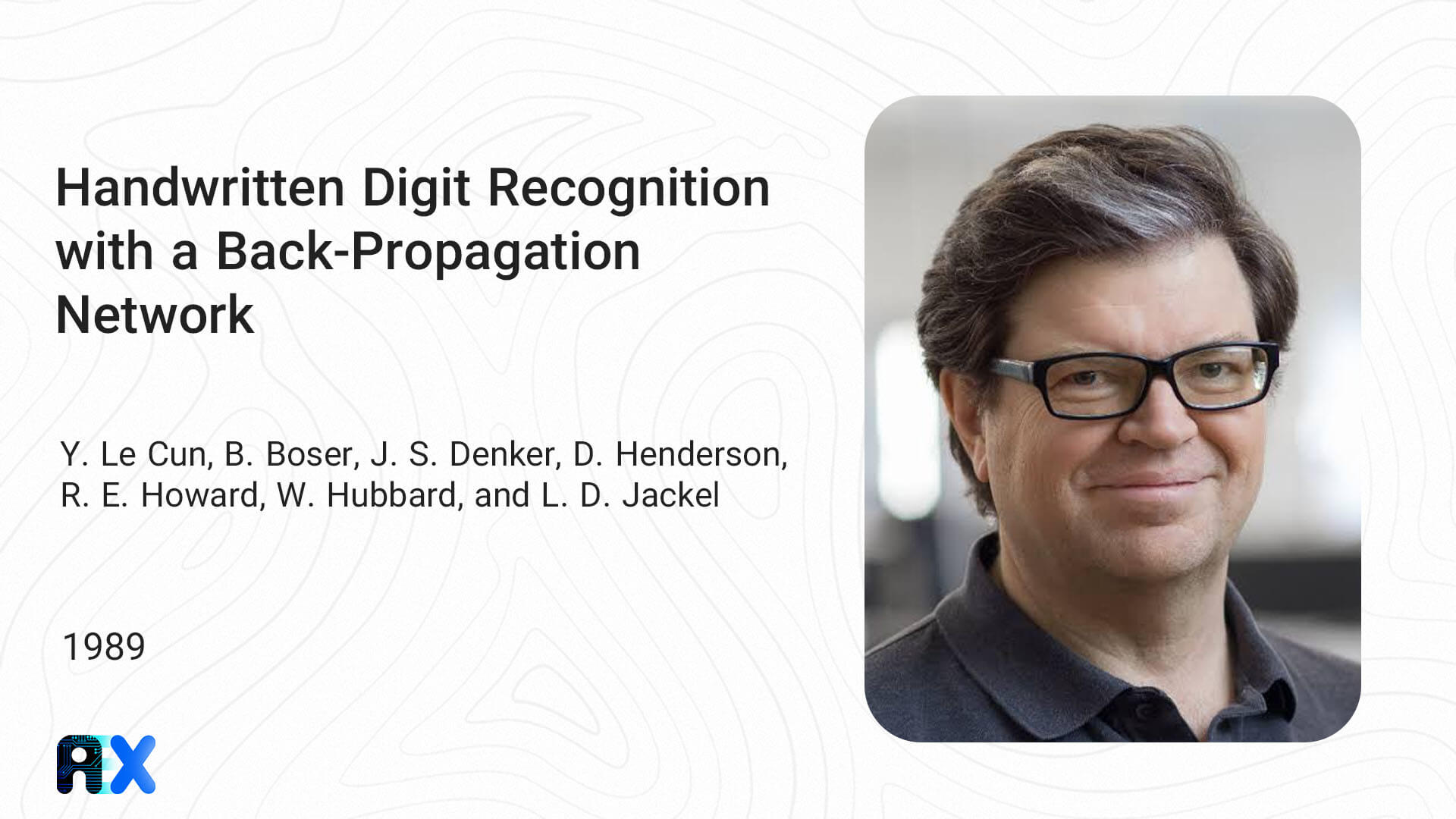
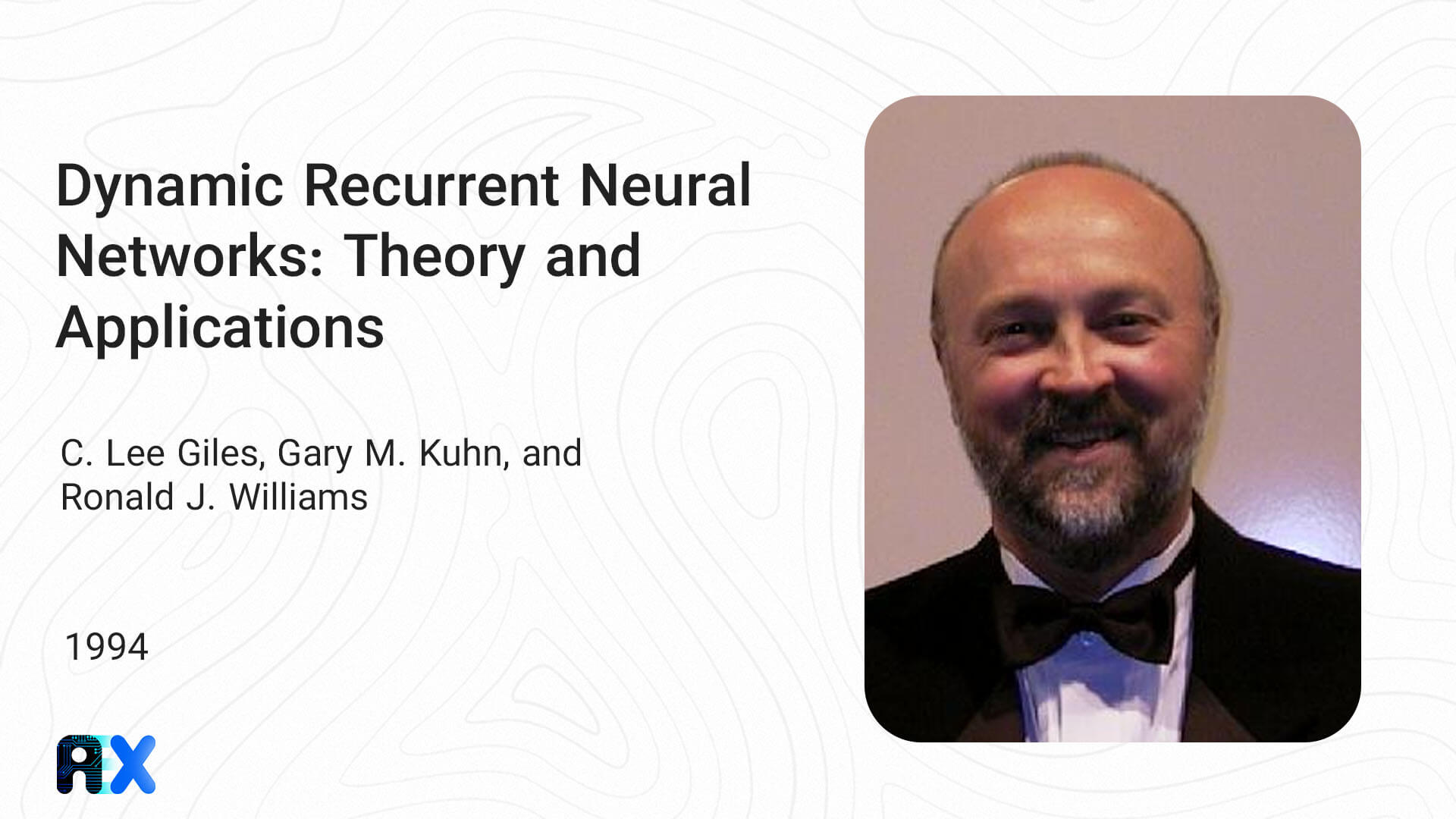
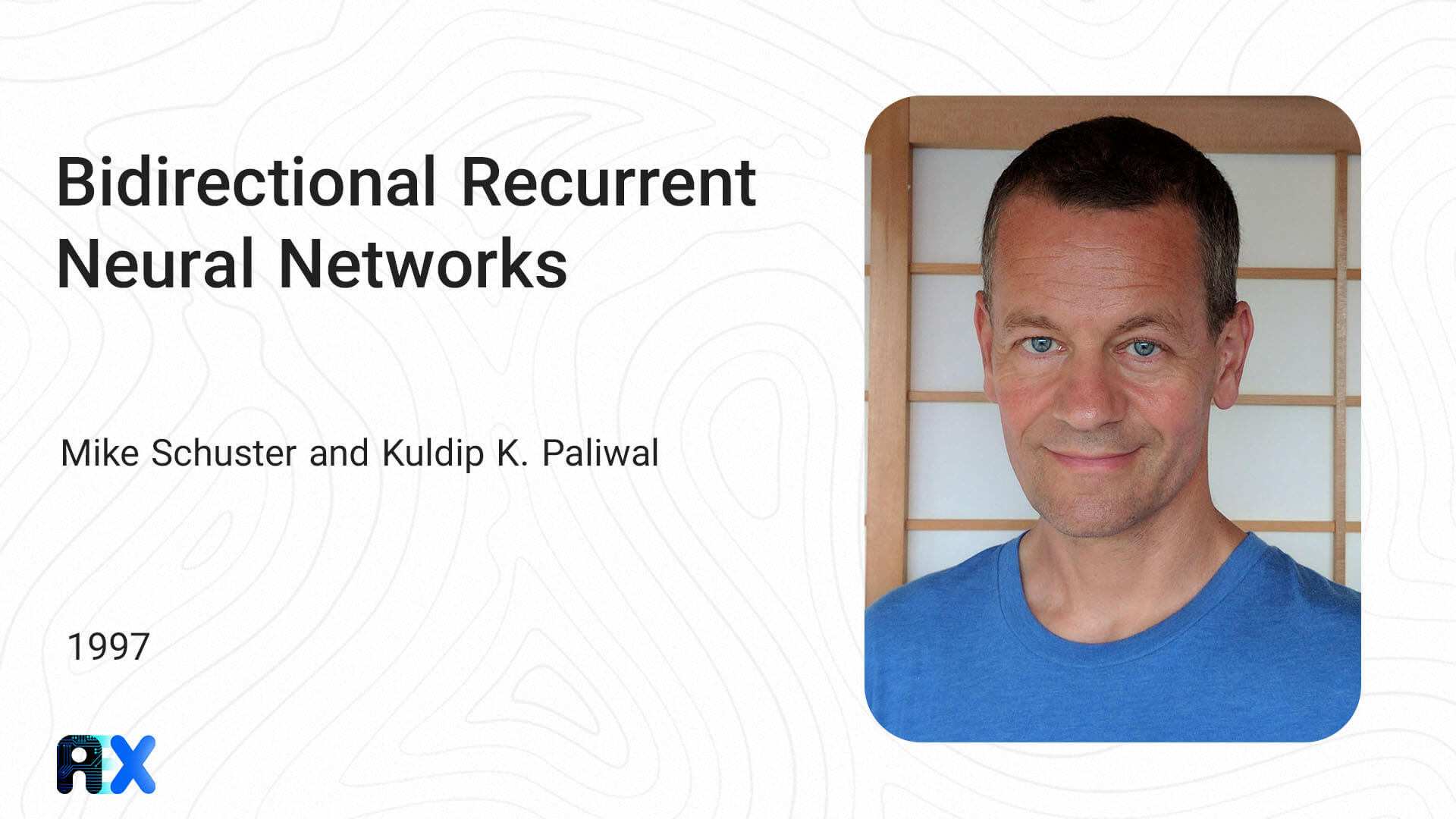
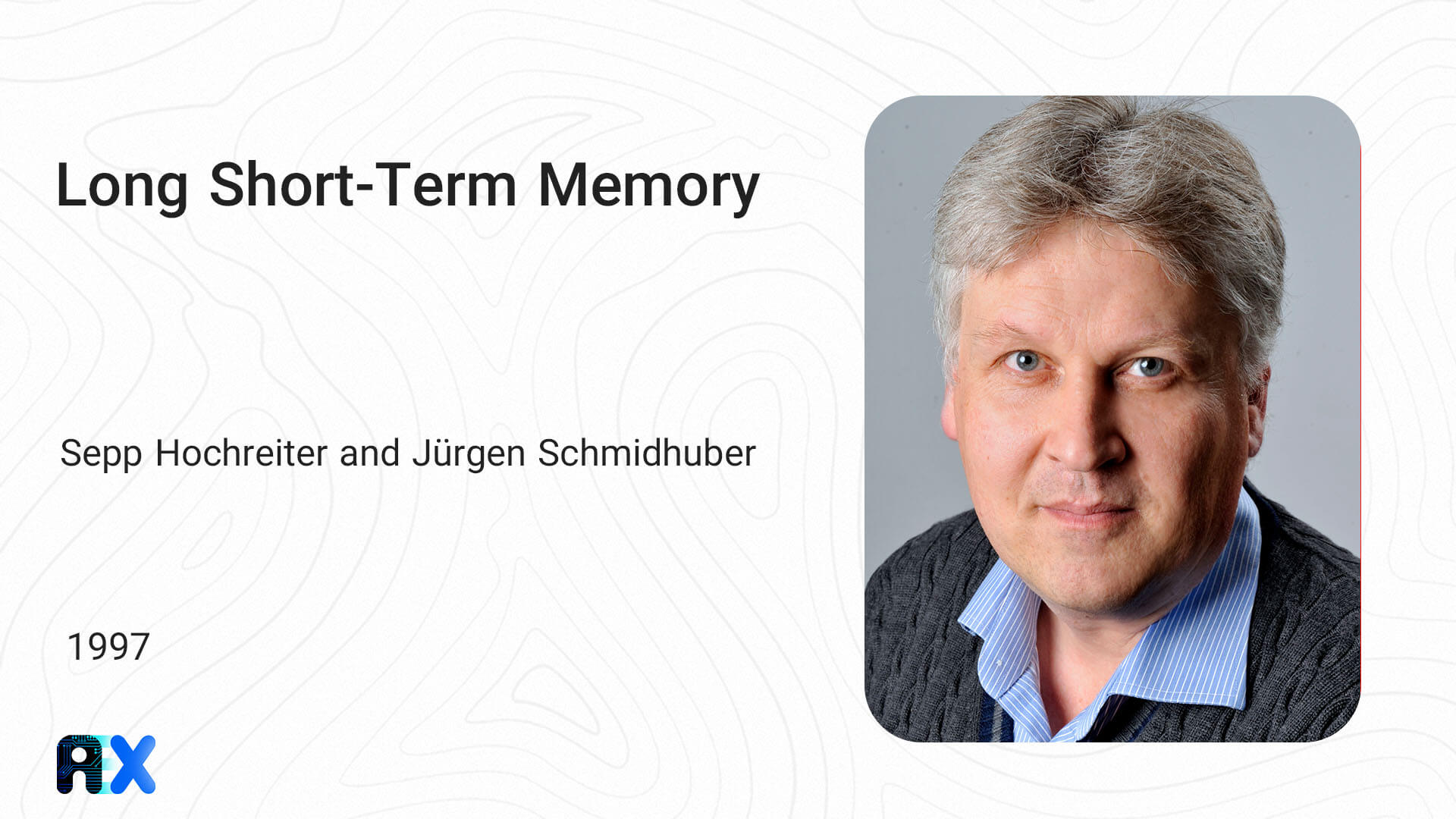

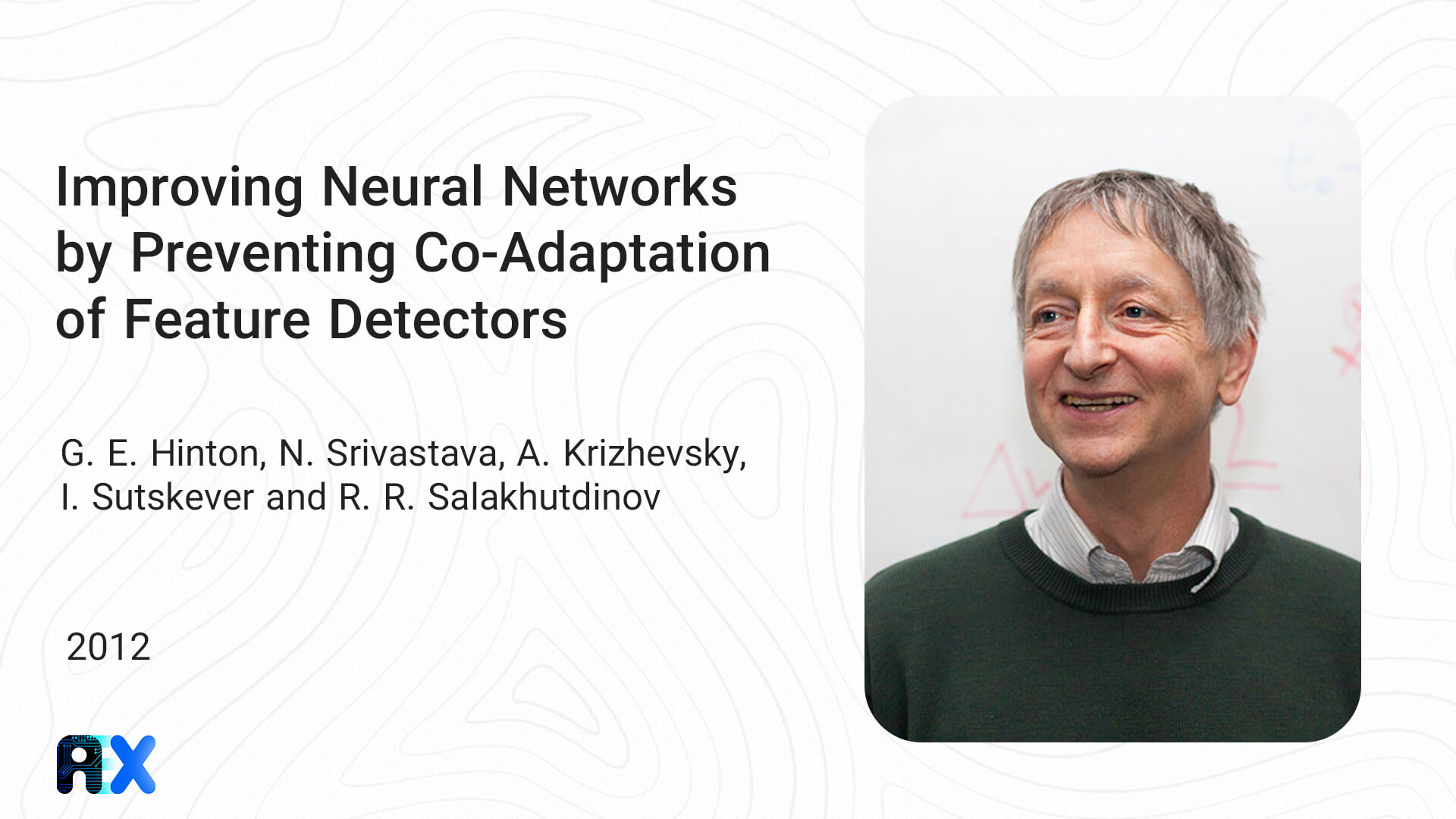
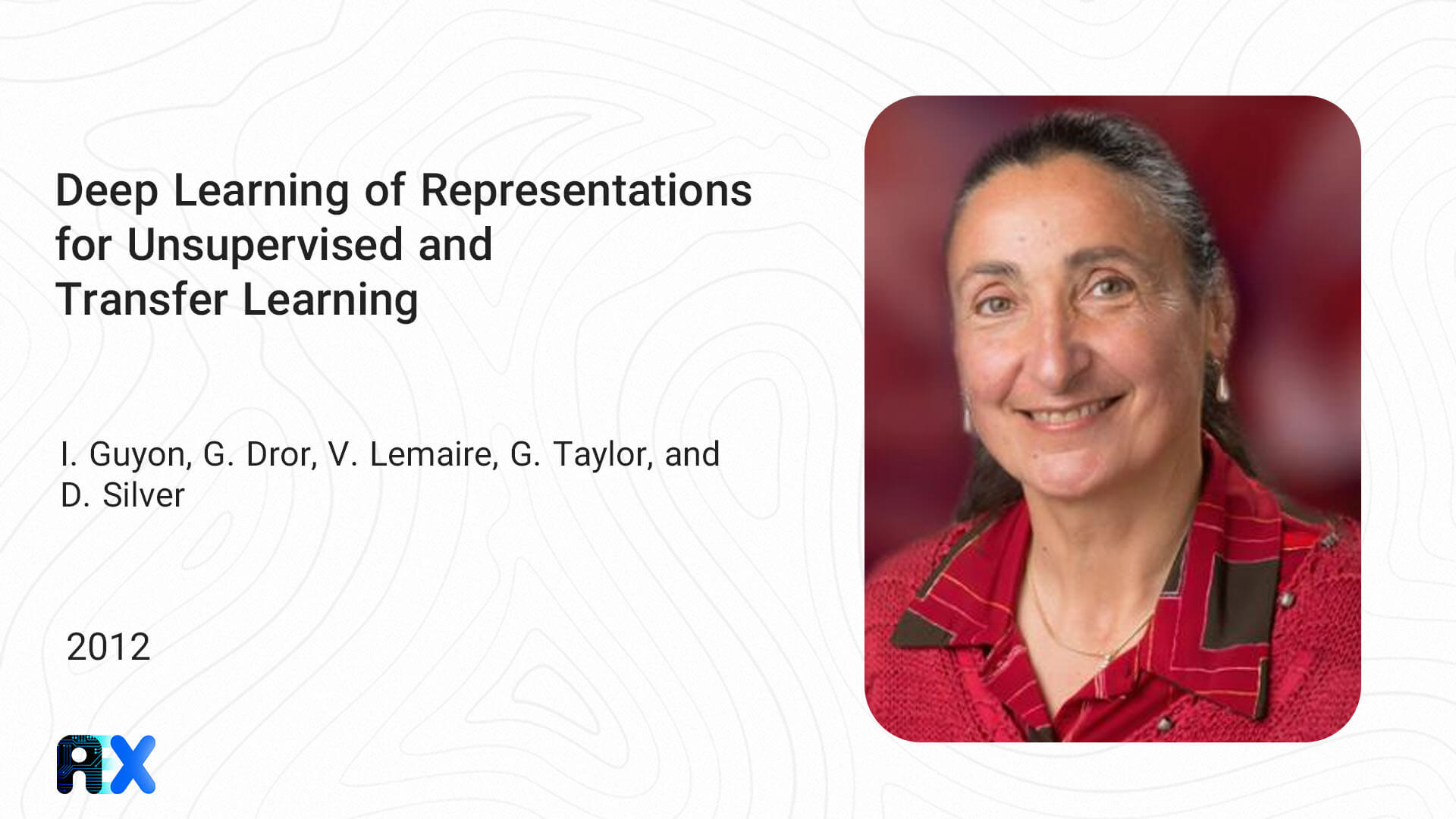

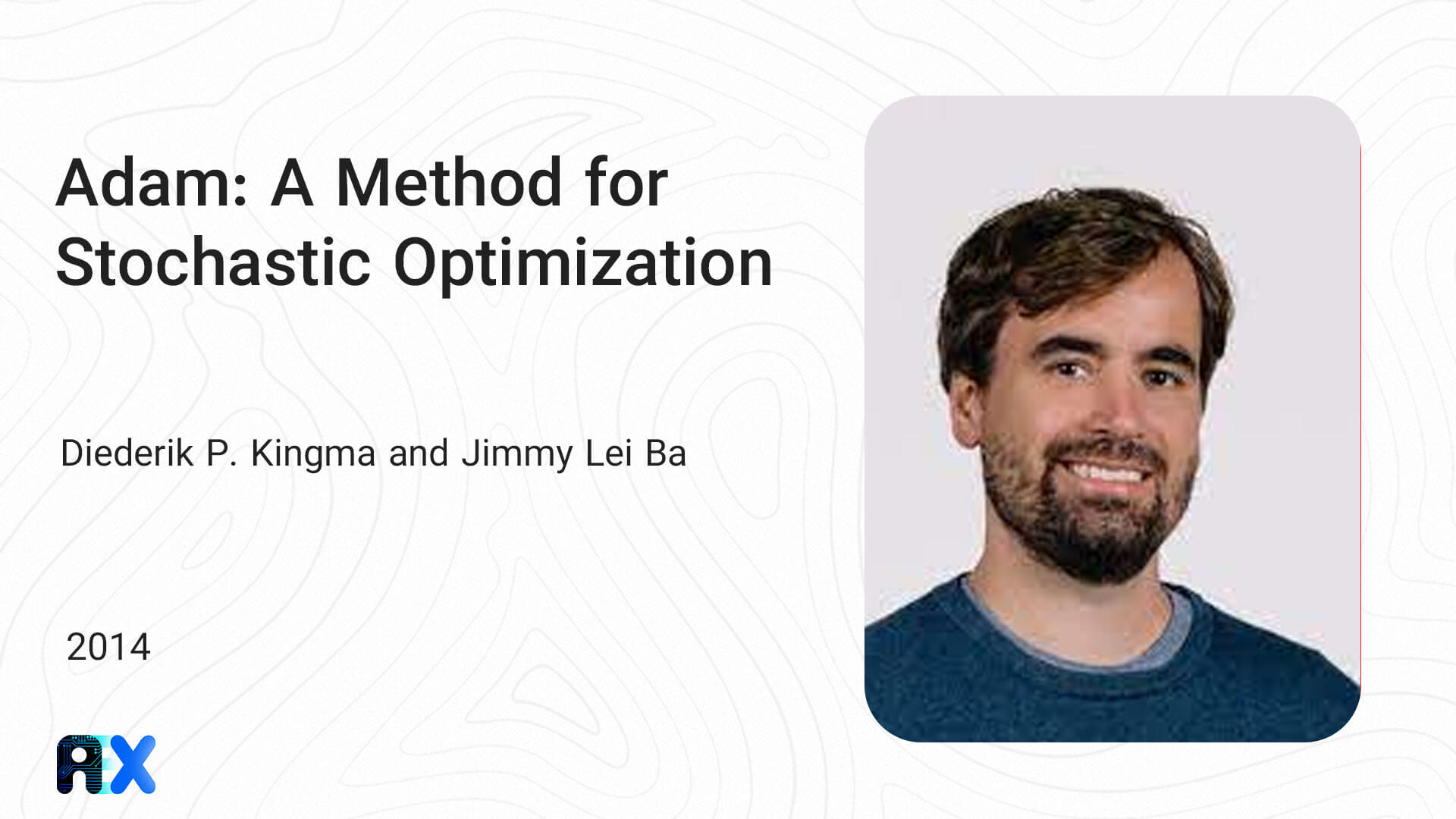


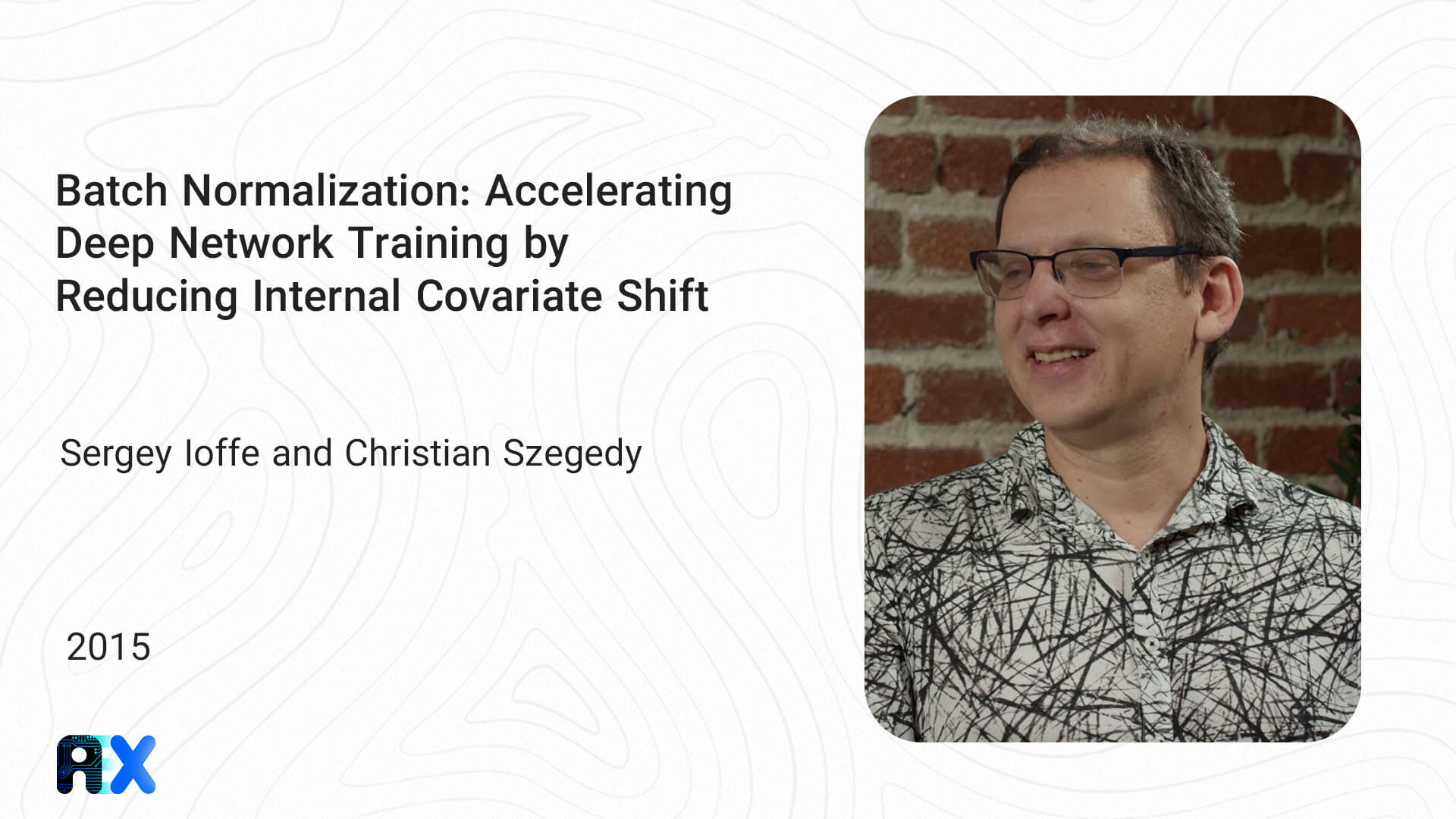

https://www.nature.com/articles/323533a0
https://ieeexplore.ieee.org/stamp/stamp.jsp?arnumber=8753425
https://proceedings.neurips.cc/paper/1989/file/53c3bce66e43be4f209556518c2fcb54-Paper.pdf
http://www.bioinf.jku.at/publications/older/2604.pdf
https://proceedings.mlr.press/v15/glorot11a/glorot11a.pdf
https://arxiv.org/pdf/1207.0580.pdf
https://arxiv.org/pdf/1506.02640.pdf
https://proceedings.mlr.press/v27/bengio12a/bengio12a.pdf
https://arxiv.org/pdf/1412.6980.pdf
https://jmlr.org/papers/volume15/srivastava14a/srivastava14a.pdf
https://arxiv.org/pdf/1502.03167.pdf
https://arxiv.org/pdf/1706.03762.pdf
https://arxiv.org/pdf/1311.2524.pdf
You can enter your email address and subscribe to our newsletter and get the latest practical content. You can enter your email address and subscribe to our newsletter.
© 2022 Aiex.ai All Rights Reserved.